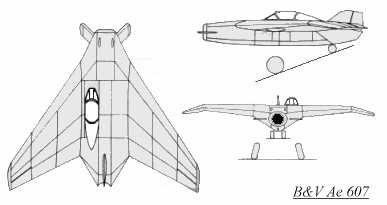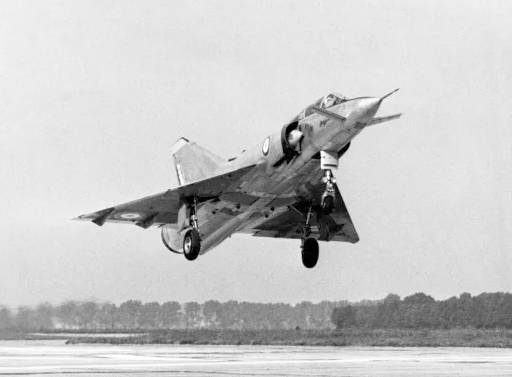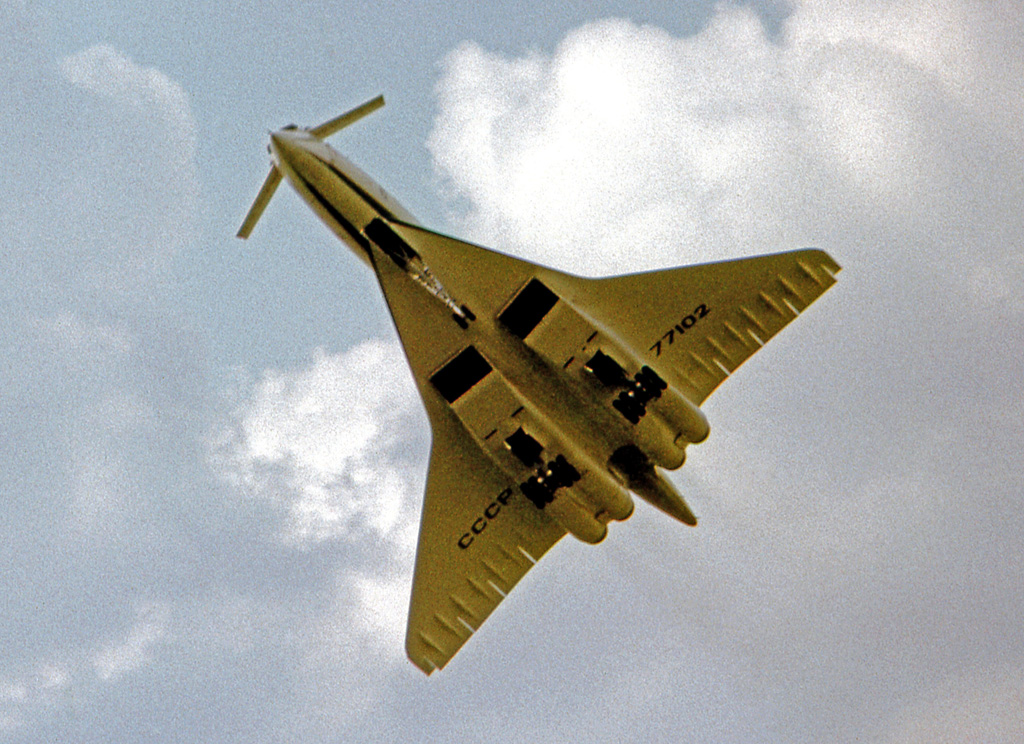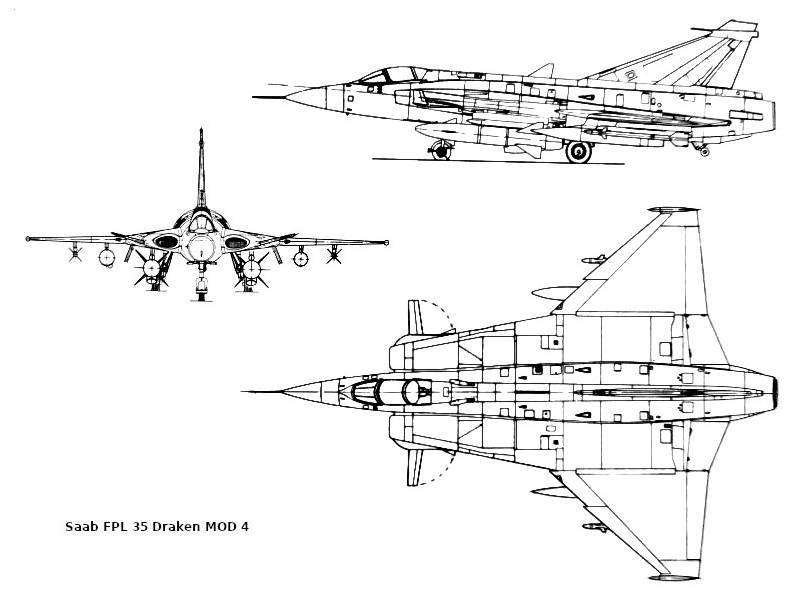Vive la Moustache
In aviation circles, the moustache is seldom sported by any other than pilot or crew, and even then is a habit fashionable only at certain times and places. A few aviators, such a Louis Blériot and JW Dunne, have even been noted for shaving them off. But on the aircraft themselves, moustaches are few and far between. Indeed, to my knowledge they may be counted on the fingers of one hand. Consequently, this is not going to be a long post.
The first thing to settle is, when we meet an aeroplane with a moustache, how will we recognise it as such? The canard or duck-like foreplane is well enough known. It graced many of the early pioneer types, from the original Wright Flyers, where it was used solely to control flight, to the far more tractable ASL Valkyrie which also used it for lift and stability. But it was difficult to get right and was soon relegated to a mere curiosity, occasionally gracing some rare prototype with greater or lesser success. Canards persistently showed a tendency to interfere destructively with the airflow over the wing behind and, with this constant risk, neither lift nor stability nor control could justify their entry into production. Their use for ride control on the North American XB-70 Valkyrie remained a one-off curiosity (And an equally curious reappearance of the name; I checked my Wagnerian Ring Cycle, but the Valkyries were never ducks).
The canard returned with a vengeance in the 1960s, when Saab sought to replace their ageing supersonic Drakens and patented a new idea, the close-coupled canard, whose main purpose was to stabilise the vortex airflow which forms over a delta wing at high angles of attack (AoA), and therefore at low airspeeds when the wing is working its hardest. The problem is worst on the thin wings essential to supersonic flight. Stabilising the vortices at low speeds delays the stall and enables a supersonic jet to fly slower than before, and to have a tighter combat turn radius. The key announcement of the revolution may be pinpointed to Saab's patent lodged in the US in 1963:
"it is an object of the present invention to provide an aircraft of the delta wing canard configuration wherein the above described problems of stability and controllability are eliminated, at least within the range of AoA corresponding to normal flight conditions, and wherein the vortices developed by the secondary wing and the main wing respectively cooperate to produce a well-balanced vortex-system ... Hence it can be said to be an object of this invention to provide an arrangement of the main and secondary wings in a delta wing canard aircraft whereby the secondary wing is utilized as a means of maintaining the vortices over the main wing in close proximity to its upper surface, even at high AoA."
The new Type 37 Viggen used its canard both for this and to provide extra lift for STOL performance. When it flew in 1967 it started a revolution, sparking a revival in the canard which continues to this day.
So where does the moustache come in? The term has not really seen enough use to have a canonical meaning. so I will start by suggesting one characteristic as being a small canard surface or foreplane, whose principal role is to stabilise the airflow over the wing at subsonic speeds and high AoA.

Saab were not actually the first to come up with the idea. Even in WWII the German designers such as Alexander Lippisch, famed for his work on the delta wing, were aware of its difficult characteristics at high AoA. In 1945, working within the aircraft division of Blohm & Voss (known both earlier and later as the Hamburger Flugzeugbau or HFB) was a designer named Thieme. The drawing office habitually numbered their drawings in sequence with an Ae prefix, presumably so they would not be confused with those from the maritime design offices on the floors below. Thieme’s drawing No. Ae 607 shows a remarkable aeroplane. Under the leadership of Richard Vogt, Blohm & Voss were churning out radical designs for flying machines, as zany as any of its contemporaries at that late stage of the war, but this one took the biscuit. It was a jet-powered double-delta flying wing, having a nose air intake, a deep central keel and an offset pilot’s cockpit set alongside the buried engine ducting. This centre section was sharply inward swept both fore and aft, connecting to a slightly less swept outer leading edge and an M-profile trailing edge. Drooped wing tips and a ridiculously small tail fin were evidently expected to confer directional stability. So far it would not have been too out of place as an advanced doodle by Lippisch or his many other imitators in competing design offices. The general design approach is quite similar to that of the Lippisch Projekt 13a. Alternatively, one might think of it as a typical Vogt outboard-tailed and swept "bat-wing" but with the wing tapered and the fuselage blended in. But what really marked it out from the crowd were a couple of small forward-swept foreplanes protruding forwards of the nose intake on either side. One is reminded irresistibly of a catfish. This little moustache-like appendage lacked either taper or dihedral and was clearly too small to contribute significantly to lift, stability or control. It could only have been intended to serve as an aerodynamic stabiliser to the airflow over the main wing. Whether the Ae 607 was intended to be supersonic is moot. Lippisch firmly believed that the flying wing was the best solution to high-speed flight, and this militated a thick section to fit everything inside. Other German designers were only slowly coming to understand the importance of a thin wing at such speeds. Which camp Thieme might have been in is not known, but his double-delta shape would have helped to thing down the outer sections. Sadly, his original idea was lost in the end-of-war chaos and his genius was only unearthed in 2017.

But can we really call Thieme's stabilising surface a moustache? Certainly, it cannot have had Saab's secondary role as a significant lifting surface, so we cannot disqualify it on that score. At this stage we should perhaps grant it the status of proto-moustache.
Before the moustache could appear in public, it had to wait for Saab's revolution to sink in elsewhere. Marcel Dassault's Mirage III/5 series was a hugely successful supersonic fighter and sold globally. In 1968 the Swiss raised a requirement for a more stable low-speed attack platform, with better short takeoff and landing (STOL) performance more suited to their mountainous country. But the Mirage's tailless thin delta wing meant that its takeoff, landing and attack characteristics were mediocre. Together with Dassault, the Swiss realised that adding a close-coupled canard surface would help greatly, but it would have its own problems at supersonic speeds, upsetting the balance and stability of the existing design. The team conceived of a small flip-out close-coupled canard which would provide the necessary stabilisation of the main wing airflow at low speeds, and then fold away for high-speed flight. Three Mirages were converted by adding small canards to the forward fuselage. Like Thieme's they were swept forwards, though they had a higher aspect ratio with full-span trailing-edge flaps. The first, with fixed surfaces, was christened Asterix after the famous cartoon character with a fulsome moustache. The type itself was called the Milan, and its small, high-aspect-ratio canard immediately became known as a moustache. The next two retracted forwards. The Swiss evaluated the final example as the Milan S, but found that the moustache's location on the lower part of the nose was not ideal: It intruded into the pilot’s vision at high AoA, just when and where it mattered on coming in to land, and it also disturbed the airflow into the engine intakes which lay a short distance behind. The Milan was abandoned, its chief claim to fame being its demonstration of the first unarguable moustache.
Perhaps I should note next what a moustache is not. The Milan sowed a seed. Israel was planning an update to its own Mirages and adopted the new idea. They moved the proposed canard surface back onto the intake cowlings, just behind the intakes themselves and close to the wing leading-edge root. This avoided the Milan's problems. They did not bother to make it retractable, instead shaping it more like the wings as a sharply-swept and tapered near-delta surface. First flown in 1973, the IAI Kfir proved it a winning formula and it was quickly copied around the world, with several variants and derivatives appearing, both as uplifts to existing Mirages and as new-build. These sharply-tapered or delta surfaces, of moderate aspect ratio, were generally still referred to as canards, with the term "moustache" reserved for the Milan.

It is worth questioning why this disctinction was made. Both surfaces exist only to stabilise the main wing vortex. Was it down to retractability of the Milan's installation? But many a gentleman will affirm that the moustache is not an inherently retractable facial decoration, and anyway, Asterix's moustache was fixed. It must rather have been down to the slender aspect ratio of the moustache when deployed, reminiscent of the wide bushy face fungus sported by RAF pilots in WWII, or perhaps of the long and gracefully manicured spikes enamoured of pioneers such as SF Cody. Certainly, I should now add to its defining characteristics that it has a high aspect ratio.

At much the same time the Kfir was being developed, Russian design bureau Tupolev were wrestling with the low-speed characteristics of their “Concordski,” the Tu-144 supersonic airliner. It too had a tailless delta wing. But its aerodynamics were less sophisticated that the rival Concorde and it was struggling. They solved the problem by adding a moustache. Like the Milan it was well forward and featured full-span slotted flaps, but this time it was high-mounted and swept gently backwards, folding further back to lie against the fuselage at high speeds. Around 16 aircraft were built and a fair number saw operational service during the type’s brief lifetime.
Saab were perhaps the last to evaluate the moustache. They continued to study advanced variants of their earlier Type 35 Draken after the Viggen had appeared; they were, after all, aimed at slightly different roles. One of these studies, known as the Type 35 MOD Version 4, or just MOD4, featured a retractable moustache located on either side of the engine intake cowlings, much as the fixed canards were appearing on Mirages. In the event the Draken would later receive a rather less drastic equipment upgrade, eventually being replaced by another full-blown canard design, the Type 39 Gripen.
So there you have it. A moustache is a small canard surface or foreplane of prominent aspect ratio, with the primary role of stabilising the airflow over the main wing. It may or may not be retractable, or have a secondary lifting function. Having at last defined it, I find that there is little more to add. What of Thieme's proto-'tache? Its aspect ratio is not especially high, and it is fixed, so strictly it should be lumped in with the Kfir-style mini-canard family. But it does have a certain prominence and élan all its own. And people have since sometimes referred to the Kfir type as a moustache. Perhaps it is time to stretch a point and allow these as moustaches too? Somehow, I feel that opinions will continue to differ.
If you know of any more moustachioed aeroplanes, do drop me a line.
Updated 12 Nov 2021